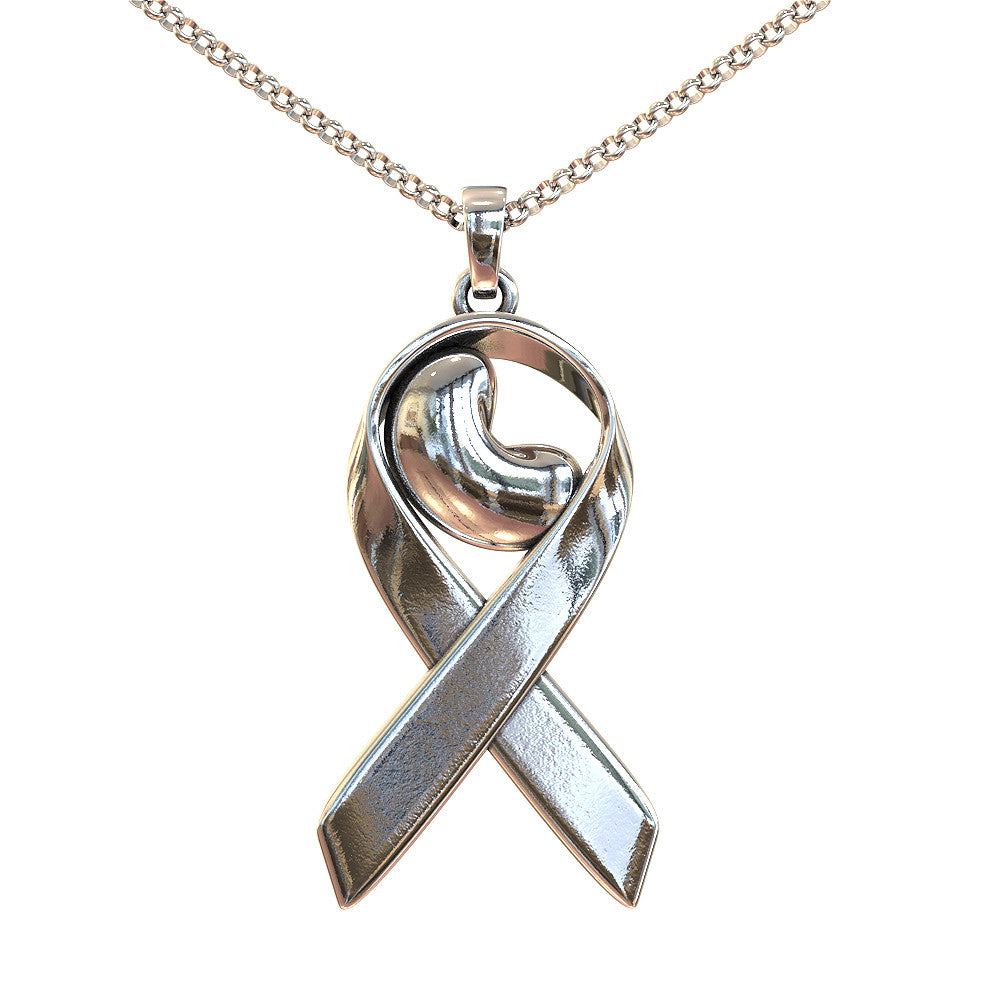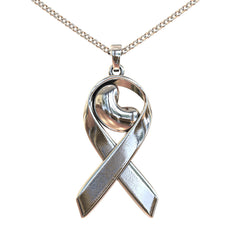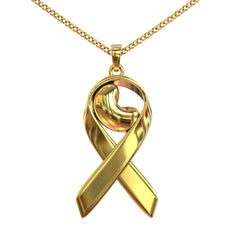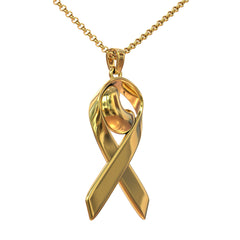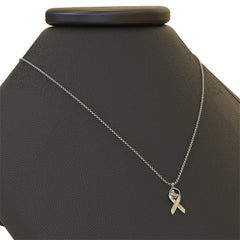Why do American dialysis patients, living in the most scientifically advanced and prosperous country in the world, still face a double-digit risk of death? While mortality rates have declined among the prevalent population, 17% of patients still die each year, and half will die in less than four years. One out of five deaths will be from deliberate withdrawals from dialysis, according to U.S. Renal Data System data (2015).
An important reason, perhaps the most important reason, lies among the unintended consequences of the basis for payment for dialysis providers determined by Medicare. The 1972 legislation created a dialysis Medicare benefit for ESRD patients of all ages, but also unintentionally created a major for-profit industry – now dominated by two firms providing more than two-thirds of all dialysis treatments in the United States. In turn, this industry has quite understandably responded to the business opportunity—now representing nearly 8% of the Medicare budget.
Since Medicare is the dialysis industry’s primary customer, the basis for payment adopted in 1984 and expanded in 2011—fixed payment for a ‘bundle’ of services per treatment—inadvertently placed the interests of patients and their dialysis providers in direct conflict.
The goal of provider companies under the current payment policy is quite straightforward—maximize number of treatments (and hence revenue) per dollar of invested capital, which requires the shortest and hence most intensive dialysis acceptable to its customer (often called ‘adequate’ dialysis). In contrast, John Agar, an Australian nephrologist, described ‘optimum’ dialysis this way.
“The slower, the more gentle, the longer and the more frequent your dialysis treatment is … the better you will feel, the less symptomatic your treatment will be, the more stable you will find your blood pressure will become, the less will be your pill burden, the more healthy you will feel, the longer you will live, and as you move towards an acceptance of your (sadly essential) treatment, the more at peace with both the dialysis process and yourself you will become.”
This conflict between patients and their dialysis providers could be resolved by a simple, yet profound, policy change.
- Replace the current bundled payment per treatment for hemodialysis services with a bundled payment per treatment-hour
- Annually adjust (reduce) the hourly treatment payment amount to offset the increase in global dialysis cost that might otherwise result from this change in payment base.
The pay-by-the-hour formula
This proposal addresses hemodialysis, not peritoneal dialysis, and only focuses on Medicare patients (although private insurers should be encouraged to also switch to the new payment base). Here is how it would work:
Base Year–Assume for all Medicare patients the average payment per treatment to providers is $249 and that the average treatment time was 3.5 hours (including all patients, independent of treatment location—in-center or home). The proposed change in payment base would yield a payment in Year 1 by Medicare to providers equal to $249/3.5 or $71 per treatment-hour.
Year 1–Assume no change in the definition of the ‘bundle’ and no inflation adjustment, but do assume, as an example, that Medicare-wide average treatment-hours per treatment increased from 3.5 to 3.7 hours, or 5.7%, reflecting the initial impact of the provider incentive to provide patients more billable hours of treatment. Then, the base payment for Year 2 would be $71 x (1-.057) or $67 per hour of treatment.
Year 2 – Repeat the calculation. The payment per hour might be expected to decline each year by progressively smaller amounts, as providers exhaust the low-hanging fruit.
Impact on providers
While there would be no overall impact on the provider industry in Year 1, some might see change in their bottom line. Satellite Healthcare and other providers who have a high percentage of home patients would be rewarded because of being paid formore hours per treatment. To a lesser degree, DaVita would have a better initial result than Fresenius for the same reason.
All providers would be motivated to convert idle in-house capacity into billable hours by demonstrating to patients and their nephrologists the benefits of longer treatments. Unlike at present where the provider must add new patients to utilize idle capacity—difficult in competitive markets and industry-wide excess capacity—under the new policy it would simply require extending treatments for existing patients until it is absorbed. Like empty airline seats, empty dialysis chairs represent permanently lost revenue associated with high marginal profit. (It is instructive to reflect on what air travel would be like if airline billing was based on a fixed amount per take off/landing, regardless of distance—just like dialysis billing based on a fixed amount per put on/take off, regardless of time).
Treatment slots would still be scheduled, but more sophisticated scheduling algorithms would offer an additional opportunity to increase hours and hence, additional revenue from existing patients. To further increase billable hours, enterprising providers would be motivated to profitably utilize night times and Sundays. Nighttime use would result in doubling in-center nighttime revenue potential compared to its use under the old payment per treatment policy—payment for eight hours compared to present payment for one treatment through in-center nocturnal dialysis (as pioneered by Fresenius). Nighttime may also be the best way to introduce in-center self-care—its extension to daily nocturnal would simultaneously maximize provider revenue from (and well-being for) a single in-center patient.
Sunday scheduling would enable shifting away from three treatments per week to alternate day scheduling, thereby raising billable hours up to (3.5-3)/3 x 100 or 16.6%. If nighttime and Sunday utilization seems heretical, contrast the hours of emergency departments with dialysis clinics—for some patients a second day off dialysis can be just as lethal as a delay in emergency treatment.
Other options
Beyond these initial steps to optimize revenue from existing capital investment, providers would have two broad options to further increase revenue (and profits) in Year 2 and beyond.
- Invest in additional facilities, equipment and staff to increase in-center capacity
This would face the prospect of an annually declining payment per patient-hour as all providers strive to exploit the new policy and nation-wide hours increase. As they project their calculations into the future, their financial return on continuing investment might look increasingly risky.
- Investing in expanded home dialysis capacity
This would present a far lower capital requirement and hence, not only a superior return on invested capital, but a lower risk profile on that capital because growth could be achieved without assuming growth in new patients. Revenue per patient would go up as home patients’ treatment times went up, offsetting (or potentially exceeding) the anticipated annual decline in payment per hour.
Hence, rational managers would favor the home alternative in their investment decisions in preference to expanding in-house capacity. That a home patient dialyzing for eight hours six times per week would producefour times the revenue that an in-center patient dialyzing for four hours three times per week—and at lower operating cost per hour—should not escape their notice. The multiplier would, of course, be less for shorter or less frequent home treatments, but the math and lower risk would still strongly favor expanding home dialysis as the best business strategy.
If home dialysis becomes profitable, fix the dropout rate
If I was managing a provider company and saw that the greatest future revenue and profit potential was through an expanded home dialysis strategy, the first issue I would address is the present high home dialysis dropout rate. Dropouts result in losing patients who have already chosen to dialyze at home and converting them back from being high revenue, low cost home patients into lower revenue, higher cost in-center patients.
I would examine three probable dropout causes:
- inadequate training time
- inadequate training content and/or trainer skills
- inadequate remote support at home.
Inadequate training time from insufficient Medicare reimbursement has already been widely reported. Given the tradeoffs under the new treatment time policy, I might decide to subsidize the training shortfall, if necessary, to reduce my dropout rate. I would do a careful assessment of dropout causes, which might lead to revising my training methods or upgrade my trainers. Finally, to achieve uniformly high quality I would consider removing home telephone support from the individual clinics and centralize it at a national level, perhaps substituting private Skype-like video links for telephone links to better humanize support.
It is difficult to overstate the stress experienced by new home patients and their partners during their first weeks. The issues that new patients encounter are rarely other than routine, but humans on the edge of panic are not good problem solvers. Thus, the immediate availability of unflappable, highly trained, warmly sympathetic remote support personnel is crucially important.
Both NxStage and Fresenius telephone support now come very close to that ideal for machine issues. This needs to be extended to clinical issues—to all issues. Since, it can sometimes be difficult for a new home patient to distinguish between machine or clinical problem causes, I would provide integrated technical and nursing support from the central source. NxStage would not have to go far to be positioned to serve in that role for patients using its products.
The stress, even panic, initially experienced by home dialyzers is gradually replaced by a sense of empowerment as they realize they are once again in control of their own lives. In-center dialysis nurses encounter this confidence first hand when a home patient is temporarily back in-center for some reason, but refuses to allow anyone to touch their access.
I would also establish Transitional Start Units as proposed by Lockridge (see NN&I’s February 2016 issue) for all patients, whether new or failed in another mode. I will not repeat his description here or go into minor differences, other to say I would make certain new patients experience both conventional in-center treatmentand extended, more frequent treatment while dialyzing in the Transitional Start Units. The contrast in well-being will be easily discernable by most patients.
Nephrologist attitudes may be a bigger problem as only one in eight now report being comfortable caring for a home hemodialysis patient—a nephrology training deficiency.
Financial incentives are a powerful force in for-profit businesses, particularly in public companies where top managers may stand or fall based on their quarterly report cards. Creative managers would undoubtedly devise hours-maximizing strategies beyond what I have described here, or even imagined. Strategies adverse to their patients’ well-being cannot be ruled out. For example, a treatment of four hours per day, six days per week would have a vastly different impact on patients than a treatment of 24 hours per day one day per week, even though they yielded the same provider payment. If necessary, ‘treatment hours’ could be replaced in the calculation by an appropriate form of Scribner and Oreopoulus’ Hemodialysis Product, which empirically integrates the effect of both dialysis time and frequency into a single measure of dialysis efficacy. Because this modification would add a measure of complexity and unfamiliarity, it should not be initially employed, but undertaken as a later step only if experience demonstrates it is necessary to prevent perverse provider strategies.
Finally, the proposed reversal of incentives inherent in this proposal might prove to be too severe on providers, triggering failures or withdrawals from the market. This cannot be ruled out in the absence of experience. But just as its initial adoption would reflect a decision by Medicare, so could necessary fine-tuning by Medicare limit the annual per treatment-hour adjustment. A simple change might be to replace the base for the annual rate reset for payment per treatment-hour from national dialysis cost to national dialysis cost per patient.
Impact on patients
I believe the most important thing patients and nephrologists experienced with longer, more frequent dialysis know can be summed up in one phrase: more is better, a lot more is a lot better. To continue to argue that an imperfect artificial replica functioning 9–12 hours per week divided among three treatments can effectively replace a natural organ designed to function 168 hours per week is irresponsible. This was made clear by Carl Kjellstrand’s oft-cited 1975 paper, “The ‘unphysiology’ of dialysis: A major cause of dialysis side effects?” But some continue to insist it be re-litigated—over and over. It reminds me of the arguments of those who refused to concede that cigarettes cause cancer. The “not been proven” strategy has become a standard part of the toolkit of lobbyists hired to resist health care changes of every kind—most recently resurrected to fight an e-cigarette ban.
For the still unpersuaded, patient benefits of longer and more frequent dialysis include:
- When sufficiently long, it keeps serum phosphate low enough to avoid bone disease and does away with ultra-strict diets.
- It prevents intra-dialytic blood pressure crashes and syncope.
- It keeps ultrafiltration rates well under 10 ml/min/Kg, preventing cardiac stunning and associated sudden cardiac death
- It eliminates build-up of middle molecule toxins, like beta2 microglobulin
- It reduces post-dialysis “wipe out” from about 7 hours or so to half an hour with short daily and less than 10 minutes with nocturnal dialysis
- The deadly second-day-off dialysis would be eliminated as providers maximize billable hours through alternate day scheduling
- Extended to daily nocturnal dialysis, eGFR would return from CKD Stage 5 to Stage 3 levels, substantially eliminating Stage 4 and 5 symptoms.
Some might argue that patients will not accept longer or more frequent dialysis. Nocturnal dialysis six times per week is far less intrusive on useful daytime hours than ‘adequate’ dialysis. And for those unwilling to change, half will be replaced in less than four years by new patients who have not been doctrinated in the ‘adequate’ dialysis paradigm, and deserving a long, nearly symptom-free life.
The global efficacy of peritoneal dialysis and ‘adequate’ hemodialysis is roughly similar; any differences are likely patient-specific. Since this change would not affect peritoneal payment, some decline in its use might be expected as providers induced patients to undertake longer and more frequent hemodialysis, which benefit both.
Just about every action that providers will be incentivized to make would also be in their patients’ interests—by increasing dialysis time and frequency.
Impact on nephrologists
As the move toward optimum dialysis progressed, nephrologists could expect to see growing patient lists as survival improved, potentially exacerbating the consequences of the present shortfall in filling nephrology training slots. Like their oncology colleagues, nephrologists carry the emotional burden of caring for too many terminally ill patients, with symptomatic relief their only tool. But just as oncologists have seen their emotional burden lightened by discoveries allowing patients to live longer, more satisfying lives with many cancers, optimum dialysis could play an important role in transforming nephrology into a more fulfilling career.
Impact on Medicare
Initially there would be no impact on Medicare expenditures—by definition. But expenditures per patient would begin to rise over the first year as providers begin implementing strategies that increased patient treatment times, whether by longer or more frequent treatments. But national costs would be cut back to their original total by the annual recalculation (ignoring adjustments resulting from bundle definition changes or inflation). This cycle would be repeated in each successive year.
With this simplistic view, there would be little secular change in overall Medicare dialysis expenditures. The present justification requirement for treatments in excess of three would become irrelevant and hence disappear.
But a more nuanced view suggests there would be cost changes—positive and negative— resulting from the new payment per treatment-hour policy. As an increasing share of the dialysis population experienced longer, more frequent treatments, the associated improvement in well-being should result in lower hospitalization rates and lower medication costs. But the similarly associated increase in survival would increase overall expenditures as the dialysis population grew, a population now held in check only by unacceptably high mortality.
Better utilization of excess capacity, the 24-hour clock and seven days week by providers, would reduce hourly treatment unit costs. Medicare would also benefit as provider costs for labor, utilities, and facilities areshifted to patients and their families as home dialysis penetration grew.
Finally, the improved well-being of a growing proportion of the dialysis population could be expected to result in an increasing number, leaving dependency, reducing its societal burden, and returning them to roles in the productive economy. The effect on relationships and families of fewer dependent dialysis patients, but the greater burden of home care, could also be expected to have economic consequences.
The complex interaction of these various effects could be modeled, but the model could not go further than just playing back the consequences of various assumptions. And we should never lose sight of the fact we are considering the impact on a half-million human lives, not just on Federal or corporate budgets.
A final thought
Unlike most important health care issues, optimum dialysis—and the greater survival and well-being it offers—is not primarily a medical issue, but a political one. It requires not only action by government, but also rebuilding the business model of a major for-profit industry.
Dialysis lives in the shadows. Unlike flagship diseases like cancer, we are not confronted on Sunday afternoons by NFL players wearing brightly colored gloves and socks on behalf of dialysis patients, nor mailboxes filled with heartbreaking solicitations the rest of the week.
With a clear path toward optimum dialysis and the better life it would offer a half-million dialysis patients, we don’t need to wait any longer in the shadows for some unnamed scientific breakthrough or beating long odds in the transplant lottery. We just need to harness the collective will of patients, their families, their doctors, their providers and their government and start down that path.
As Yogi Berra counseled, “When you come to a fork in the road, take it!”


